Ex-Robben Islanders reflect on Ya Toivo statue
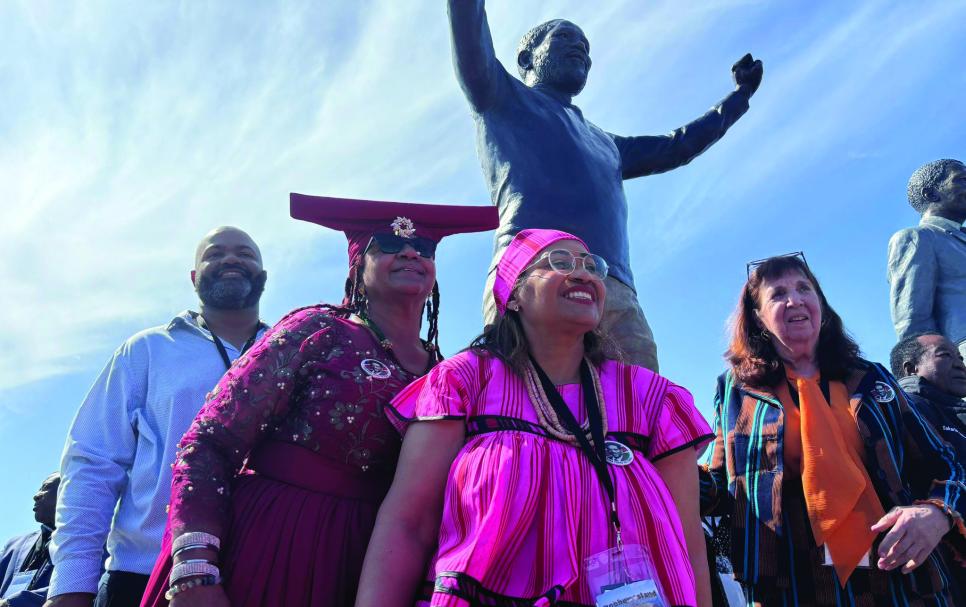
By Stefanus Nashama
Former Robben Island political prisoners from Namibia and South Africa reunited last week to pay tribute to the late Namibian liberation icon, Andimba Toivo ya Toivo, at the unveiling of his statue on Robben Island.
The event, held on 27 September and organized by the South African government in collaboration with Namibia’s Ministry of Education, Arts and Culture, brought together survivors of apartheid-era imprisonment and their families.
Ya Toivo, a founding member of SWAPO, was sentenced in 1966 under South Africa’s Terrorism Act and spent 16 years on Robben Island, where he was held alongside Nelson Mandela, who became his close friend. He was released in 1984 and later rejoined SWAPO in exile as secretary general in Lusaka.
Marten Kapewasha, who served time with Ya Toivo on the island, described the occasion as “a very good moment with our comrades in South Africa who shared the cells with us during that time of apartheid”.
Kapewasha said the tribute reflected unity between Namibia and South Africa.
“Our two governments did a good job to bring us together, such a historic moment for Namibia,” Kapewasha said.
Another former political prisoner, Ben Ulenga, said the event echoed earlier reunions of ex-detainees.
“What happened last week was the second reunion of political prisoners. About 30 years ago, there was a reunion after we were released in 1995,” Ulenga explained.
He noted that six statues were unveiled in total five honouring South Africans and one Namibian, Ya Toivo.
SWAPO secretary general Uahekua Herunga welcomed the gesture.
“He deserves that honour. He fought in the liberation struggle for Namibia,” said Herunga.
“We are grateful that South Africa recognised his contribution beyond our borders.”
The ceremony also carried deep personal meaning for families.
Frederick Shityuwete, who represented his father Helao Shityuwete, one of the accused in the same trial as Ya Toivo, said the event was long overdue.
“It was good to see families of political prisoners coming together after so long. But much more still needs to be done, not only for those who were imprisoned but also for others who fought for liberation,” Frederick said.
He added that Namibia must do more to teach its own history.
“We are being taught European history instead of learning about our own heroes. With the recognition of freedom fighters, it means they are not forgotten,” he added.
According to him, the statue unveiling highlighted the enduring bond between Namibia and South Africa, cemented through shared sacrifice during the liberation struggle, and ensured that ya Toivo’s legacy continues to inspire future generations.
- 26 views


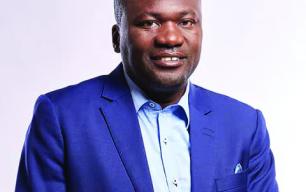
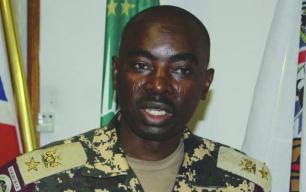



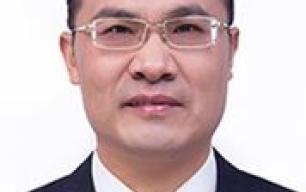
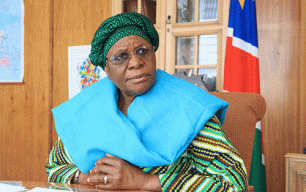
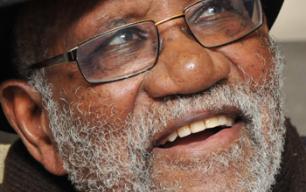
Comments